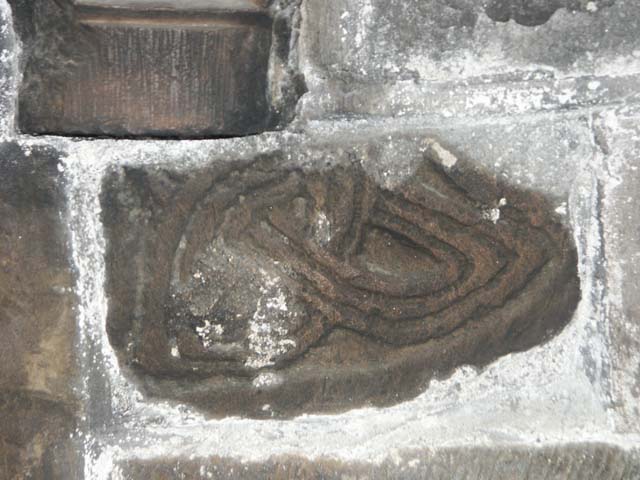

Description; The Roman name for Tadcaster was Calcaria, meaning “land of limestone”. The Saxons interpreted this as Kaelcacaestir. The only physical evidence of Saxon period building are small pieces of carved stone found during the Victorian reconstruction of St. Mary's parish church. These are built into the west wall, just inside the south entrance door.
Tadcaster enters history twice during the saxon period. Firstly, Bede mentions that Heiu was the first Northumbrian become a nun, receiving the nun's habit from Aidan of Lindisfarne. She later became founder Abbess of Heruteu (Hartlepool), left there and settled in Tadcaster. She was replaced at Heruteu by Hild. Hild(a) then founded another monastery at Streanaeshalch, which we know by it's Viking name of Whitby. Here was the famous Synod of Whitby, in 664AD, in Hild's time, at which the Roman system of dating Easter was adopted in England, replacing the old Celtic system.
The second mention was in 1066, when King Harold II brought his army, presumably via Tadcaster, through York to win the Battle of Stamford Bridge against King Harald Hardrada of Norway.

It was because of this battle that Harold was not able to prevent the
landing of Duke William at Pevensey in September. The battle of Hastings was
still a close run thing. It is possible there was collusion between Harald
and William but because of the universal principle of "the winner writes the
history" it suited the Normans to attribute their success to divine
retribution.
Serious study of the events leading up to 1066 clearly show William's claim to the English throne was very tenuous. Harald and Edgar Aetheling had genuine claims, Harald died in battle and Edgar was a minor. The duke should fairly be known as William The Usurper.
Sources; A History of the English Church and People, Bede. Dorset Press 1968, Northumbria in the days of Bede; Peter Hunter Blair. Llanerch Publishers 1996
An excellent page on the history of Tadcaster is at http://www.oldtykes.co.uk/tadcaster.htm, part of a “Celtic Kingdom of Elmet” website
I live in Tadcaster
All Photographs by the author.